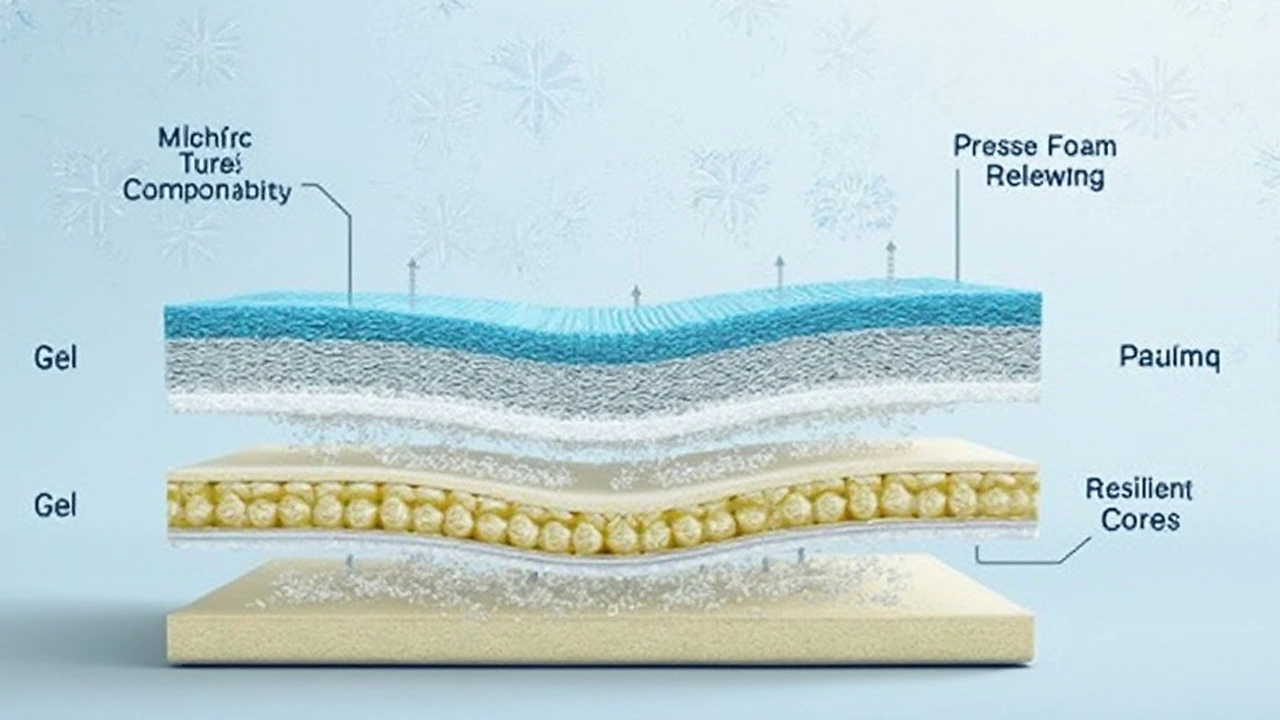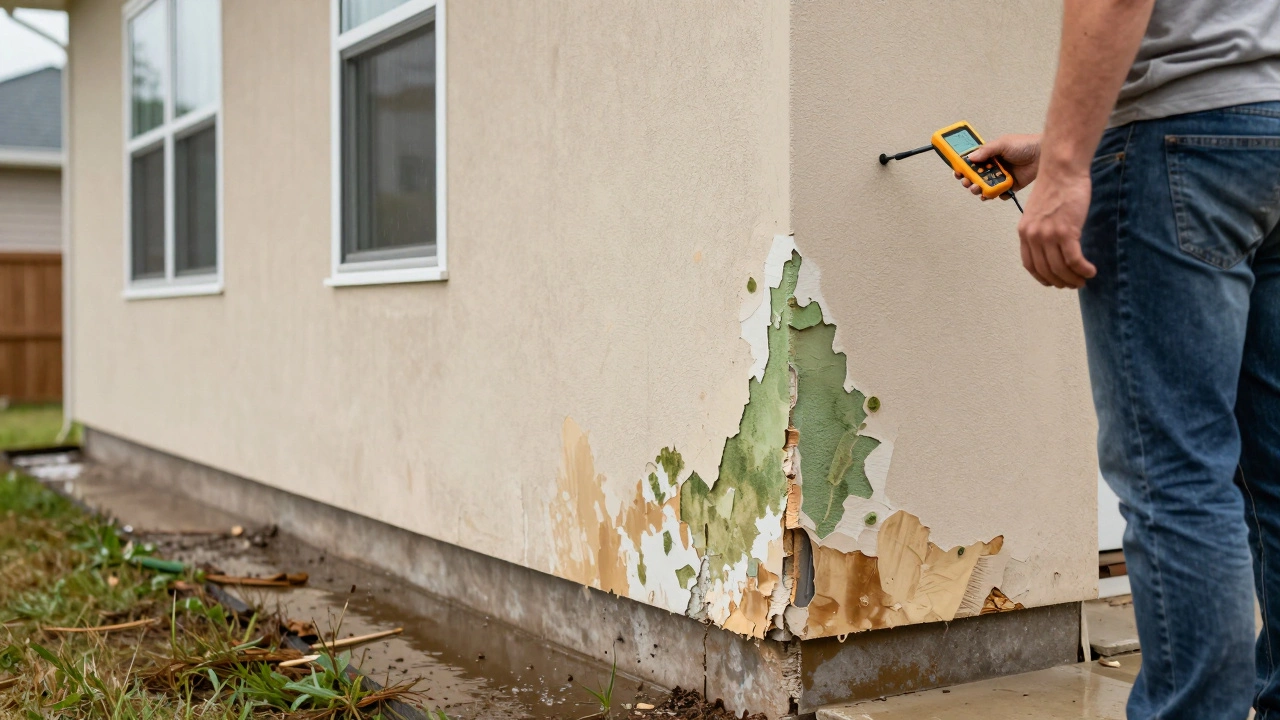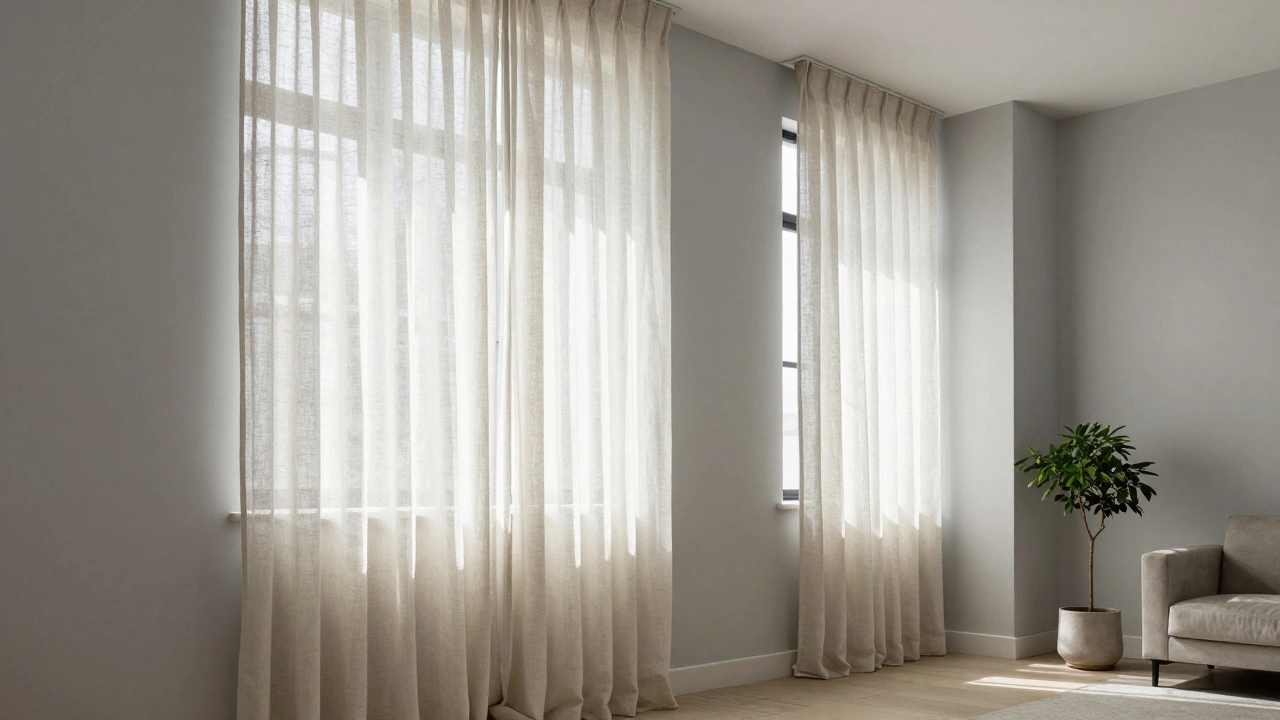Memory foam for sofa cushions? You might think that’s just for mattresses, but it’s made its way into living rooms too. First off, memory foam is known for its ability to mold to your shape, offering some serious comfort points. It's basically like a cozy hug every time you sit down. That's a significant upgrade from lumpy, old-school cushions.
But before you rush out to swap your cushions for memory foam, let's unpack why they're such a hit. They’re all about support—especially if you spend a lot of time lounging or hosting movie marathons. Those foam layers disperse body weight evenly, which might even save you a trip to the chiropractor. But, is there a catch? Maybe. Understanding what you're getting into could save you some disappointment.
- Understanding Memory Foam
- Benefits of Memory Foam Cushions
- Potential Drawbacks to Consider
- Tips for Maintaining Memory Foam
Understanding Memory Foam
Memory foam wasn't always the go-to option for sofa cushions. Originally developed by NASA in the 1960s to improve aircraft cushion safety, it gained popularity in everyday products due to its unique properties. So, how does this space-age tech work?
First off, let's talk about how memory foam is designed. It’s made from a substance called viscoelastic. This material is both soft and energy absorbent, allowing it to mold and contour around pressure points. That's why it feels so darn comfortable compared to your typical cushion materials.
How It's Made
Memory foam starts with petroleum-based polyurethane and is treated with various chemicals to increase its viscosity and elasticity. Some modern versions are even infused with cooling gel to offset heat retention, a common concern with memory foam. This means you get the support from the foam without the sweatiness.
The Comfort Factor
One of the reasons memory foam is such a hit is its ability to distribute body weight evenly. Traditional cushion materials might start to sag or warp over time, but memory foam tends to bounce back after each use. Its durability is a major reason why your butt might thank you after hours of couch time.
Caring for Memory Foam
Think of memory foam as an investment. Taking simple steps like rotating your sofa cushions regularly can help maintain their shape. Using a cushion cover not only adds style points to your living room but also protects the foam from spills and stains. Just remember, you don't want to use harsh cleaners on memory foam—mild soap and water should do the trick.
Benefits of Memory Foam Cushions
When it comes to making your living room a relaxation haven, memory foam cushions can be a game-changer. One of the biggest perks is their comfort. You'll notice memory foam adapts to your body shape, thanks to its unique viscoelastic properties. This means that every time you park yourself down, the cushions provide tailored support, easing pressure on your tailbone, hips, and back.
Another win? Durability. Unlike traditional cushions that flatten out over time, memory foam retains its shape pretty well, giving you long-lasting support. It's less likely to sag or get clumpy, keeping your couch looking fresh and inviting.
Enhanced Support
Memory foam cushions also excel in support areas. Whether you're binge-watching your favorite series or diving into a good book, these cushions help maintain good posture by aligning with your body's natural curves. This support can even help reduce discomfort if you’re spending long hours on the couch.
Low Maintenance
Let's not forget maintenance. Memory foam tends to be allergen-resistant, which is awesome if you or anyone in your family is sensitive to dust mites or allergens. Some covers are even machine washable, making upkeep pretty straightforward.
Temperature Sensitivity
Some people worry about memory foam getting too hot, but many modern designs use cooling technologies to help regulate temperature. So, you're less likely to end up with sweaty seating—always a bonus.
All in all, if you're after cushioning that offers more than just a place to sit, memory foam could be well worth the investment. Whether you're hosting friends or just chilling at home, it’s all about making sure your sofa is as comfy as it can be!

Potential Drawbacks to Consider
Alright, so while memory foam cushions sound like the dream seating option, they do come with a few quirks. First up, let’s talk firmness. Memory foam can be on the firmer side at first, which might feel a bit too rigid for some people. Over time, it typically softens, but the initial feel might be a surprise if you’re used to sinking into a plush cushion.
Temperature sensitivity could also be a dealbreaker. Memory foam tends to retain heat, which might make things a tad uncomfortable during those warm summer days. If you’re living in a hot climate or your AC isn’t doing its job, things can get a little toasty on your sofa.
And then there's the cost factor. Higher quality memory foam cushions can be pricey compared to other materials. So, if you’re on a tight budget, this could require some financial juggling.
Off-gassing Odor
Another thing to be aware of is something called “off-gassing.” It’s a fancy term for the chemical-like smell that new memory foam products can give off. It usually fades after a few days, but it’s not everyone's cup of tea. Ventilating the room can help speed up the process.
Lack of Bounce
If you’re a fan of cushions that spring back immediately after standing up, well, memory foam has a slower response time. It’s perfect for some because it supports every inch of you while seated, but if you like a bit of bounce, this might not fit the bill.
It’s always about weighing what's most important to you in your sofa experience. That cozy, custom mold might make up for the heat retention or the initial firmness. Just keep these factors in mind before you decide to make the switch.
Tips for Maintaining Memory Foam
Keeping memory foam in top shape isn’t too tricky. With a bit of care, you can keep it comfy and long-lasting. Here’s what you need to know:
Regular Fluffing
Even though memory foam is known for holding its shape, a little fluff every now and then can keep it looking fresh. Just give those cushions a good shake and massage to redistribute the foam.
Keep It Dry
Moisture is the enemy when it comes to sofa cushions. If you accidentally spill something, blot it out quickly with a clean cloth. Don’t rub, just blot—that helps to absorb the moisture without spreading it.
Occasional Cleaning
If the cover is removable, check the label and wash it the way you're supposed to. For the foam itself, use a damp cloth with mild detergent and a spot-clean approach. Remember, too much water can mess up the foam's structure.
Rotate the Cushions
Over time, certain areas might see more use than others. Rotate your cushions periodically to ensure even wear. Flipping them over every month or so helps keep them balanced.
Fresh Air Exposure
Air your cushions out every now and then. Memory foam tends to trap smells, so a day out in fresh air can do wonders to keep them smelling fresh.
| Maintenance Step | Frequency |
|---|---|
| Fluffing | Weekly |
| Dry Spills Immediately | As needed |
| Clean Covers | Bi-monthly |
| Rotate Cushions | Monthly |
| Air Out | Quarterly |
Remember, consistent care can extend the life of your memory foam cushions and keep them looking and feeling great.






